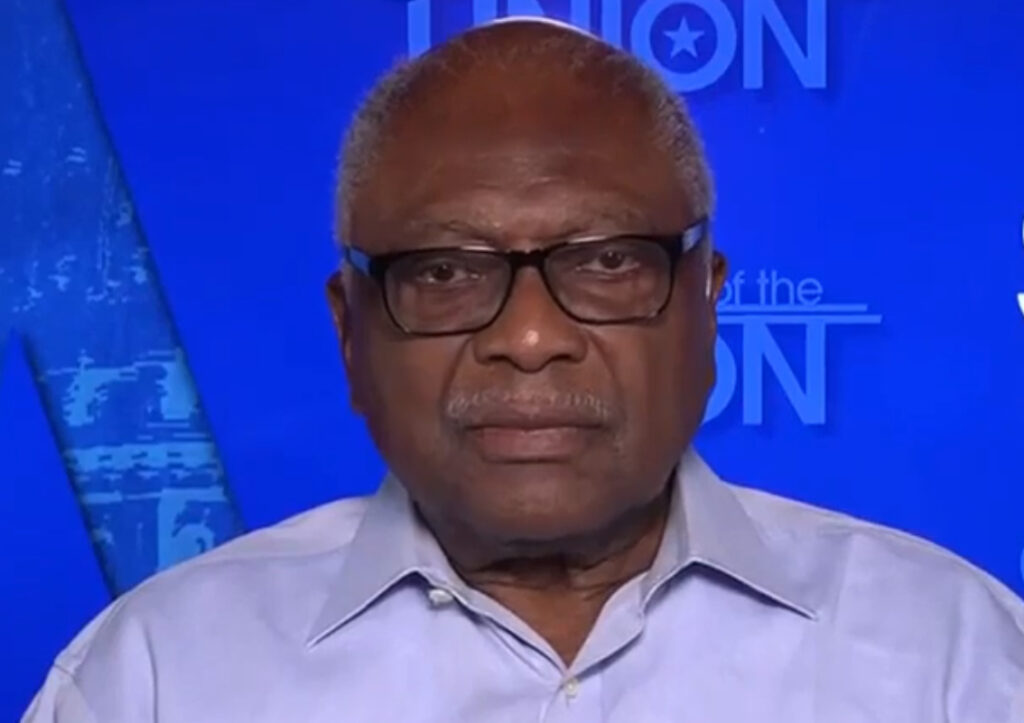South Carolina Congressman Jim Clyburn has expressed his apprehensions regarding the increasing appeal of Donald Trump among black men, particularly in contrast to Vice President Kamala Harris. During a segment on CNN’s “State of the Union,” Clyburn articulated his concerns about black voters potentially endorsing what he termed “Jim Crow 2.0,” a phrase he uses to underscore the threat he perceives in the policies that might emerge from a second Trump administration. His remarks reflect a broader anxiety among Democratic leaders over their ability to galvanize support from key voter demographics. As Clyburn has emphasized in various discussions, the hesitancy of black men to engage politically, whether through abstaining or shifting allegiance to Trump, not only threatens the Democratic coalition but also raises questions regarding future political engagement among black voters.
Clyburn noted that his concerns have not stifled his enthusiasm for campaigning, as he recalled his recent experiences in Michigan where he engaged with black men, religious leaders, and union representatives. He has actively participated in discussions aimed at understanding black voters’ expectations from a potential Harris administration. Importantly, Clyburn has drawn sharp distinctions between the Democratic and Republican frameworks, particularly highlighting the punitive policies he associates with Project 2025—a term he argues encapsulates Trump’s agenda, which he believes would disproportionately affect black communities, akin to the systemic injustices of the Jim Crow era.
The context of Clyburn’s remarks stems from a concerning trend highlighted in recent polling data that indicates growing support for Trump and the Republican Party among black men. This shift is alarming not only for Clyburn but also for influential figures such as former President Barack Obama, who has similarly pointed out a lack of enthusiasm among black male voters for Harris. Obama attributes this disinterest to various factors, including deep-seated misogyny, suggesting that some black men might be harboring reservations about a female leader despite the broader societal contributions women have historically made to civil rights movements.
Obama’s commentary reflects a wider conversation about the influence of gender dynamics on political alignment within black communities. He contends that contemporary challenges facing black men must be viewed through a lens that includes the supportive roles women have played in advocating for justice and equality, thus questioning the motivations behind the reluctance of some men to fully embrace a woman in power. This internal conflict among black men might not only stem from a historical context of male leadership but also from a multitude of social and political factors that complicate their relationship with female candidates.
The apprehensions shared by Clyburn and Obama illustrate a critical intersection of race, gender, and political identity in contemporary electoral politics. As the Democratic Party wrestles with the stark realities of engagement among black men, it must also navigate complex societal shifts that shape perceptions of leadership. Clyburn’s focus on energizing campaigns and rallying black men to the Democratic cause indicates a need for realignment that resonates with their priorities, rather than merely relying on historic allegiances that may no longer hold.
In conclusion, Clyburn’s expressions of concern signify a larger existential dilemma facing the Democratic Party as it strives to maintain cohesive support among black voters. As trends suggest that some black men may be swayed by Trump’s outreach, the party will need to address underlying issues of trust and support for Harris’s leadership. The conversations initiated by Clyburn and echoed by Obama may serve as a crucial step towards rekindling engagement among black men, thereby strengthening the Democratic coalition as the 2024 election approaches. The intersection of race and gender in this discourse provides an essential backdrop for understanding the evolving landscape of voter mobilization within the black community.

